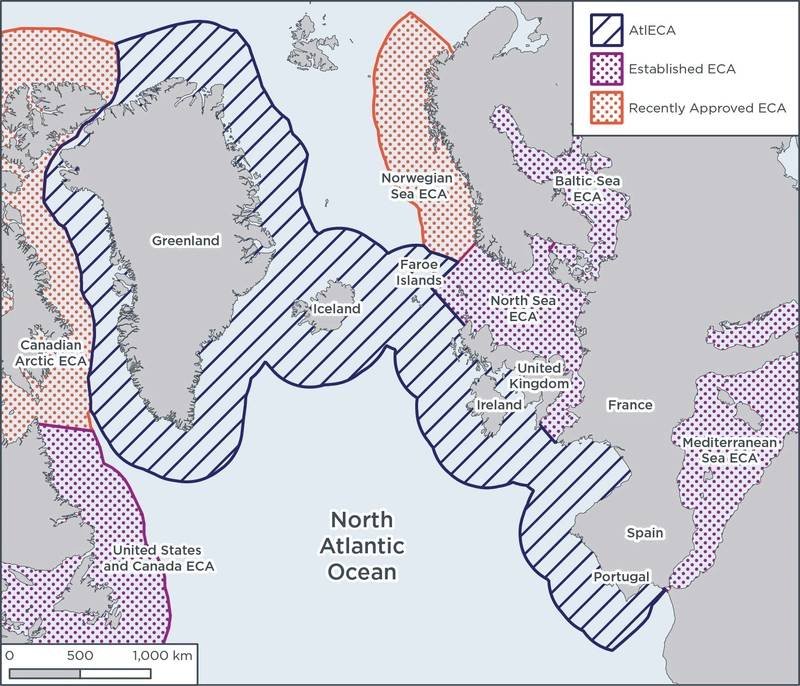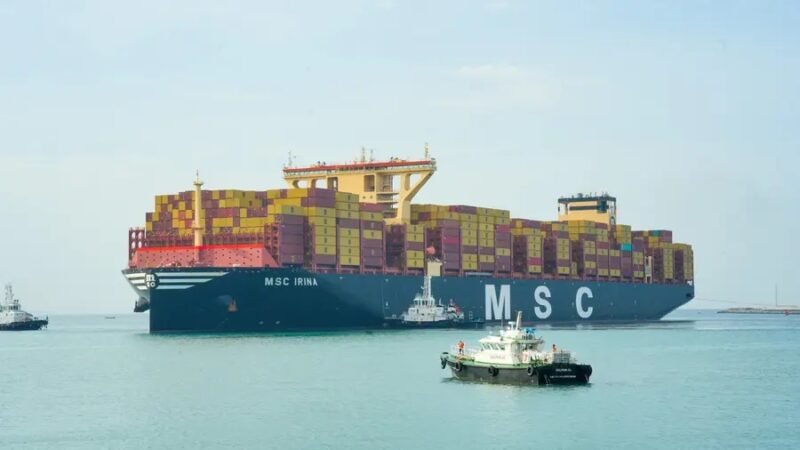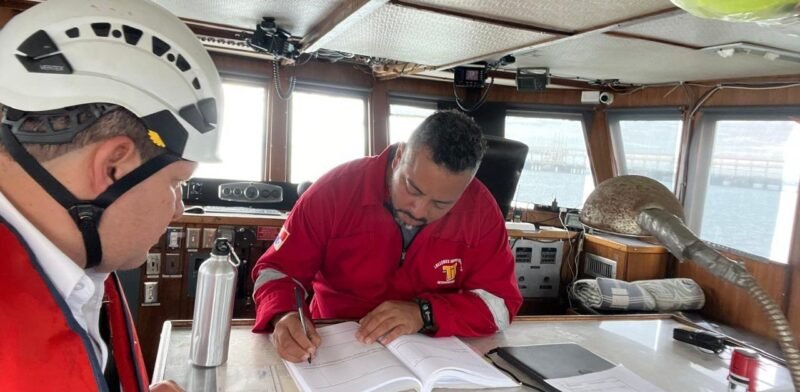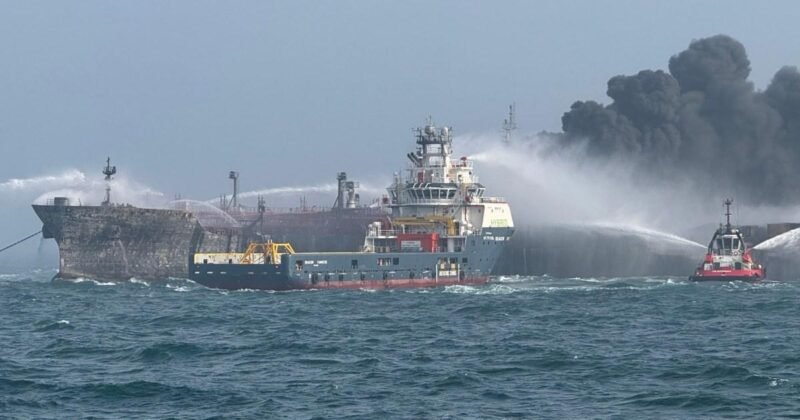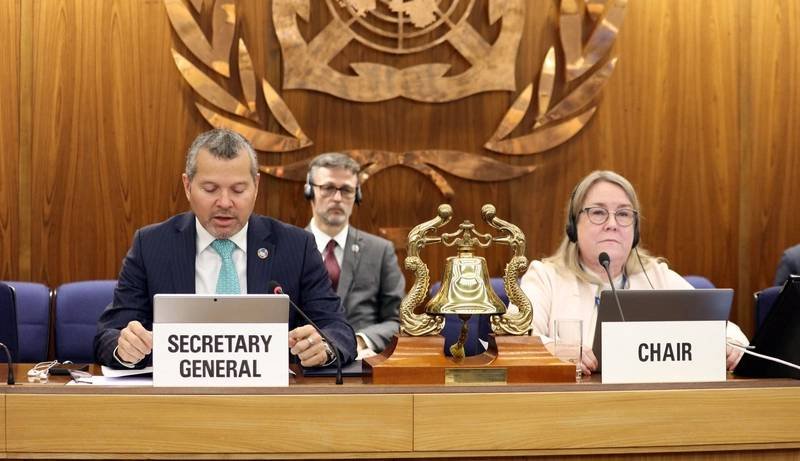The IMO’s MEPC83 has approved the establishment of a new Emission Control Area (ECA) in the North-East Atlantic Ocean, making it the largest ECA in the world. This decision was based on research conducted by the International Council on Clean Transportation (ICCT) and Porto University, which demonstrated the potential benefits of the proposal in reducing emissions and improving public health and the environment. The new ECA will encompass the territorial seas and exclusive economic zones of several countries in the region, including the Faroe Islands, France, Greenland, Iceland, Ireland, Portugal, Spain, and the United Kingdom, with a population of over 190 million people. It will connect existing ECAs in the Baltic, North, and Mediterranean Seas, as well as recently approved ones in the Norwegian Sea and Canadian Arctic.
Stricter regulations within the North-East Atlantic ECA are expected to significantly reduce emissions, with projections indicating up to an 82% decrease in SOx emissions, a 64% decrease in particulate matter (PM2.5), and a 36% decrease in black carbon (BC). Nitrogen oxide (NOx) emissions are also anticipated to decline by up to 71% over time through fleet renewal. These measures are estimated to prevent up to 4,300 premature deaths between 2030 and 2050 and save up to €29 billion in health-related costs. Additionally, the ECA will encompass over 1,500 marine protected areas, 17 important marine mammal habitats, and 148 UNESCO World Heritage sites.
Overall, the establishment of the North-East Atlantic ECA represents a significant step towards reducing harmful emissions and protecting the environment and public health in the region. By connecting existing ECAs and implementing stricter regulations, the initiative aims to achieve substantial reductions in pollutants and associated health impacts, benefiting both the marine ecosystem and the millions of people living in the area.


